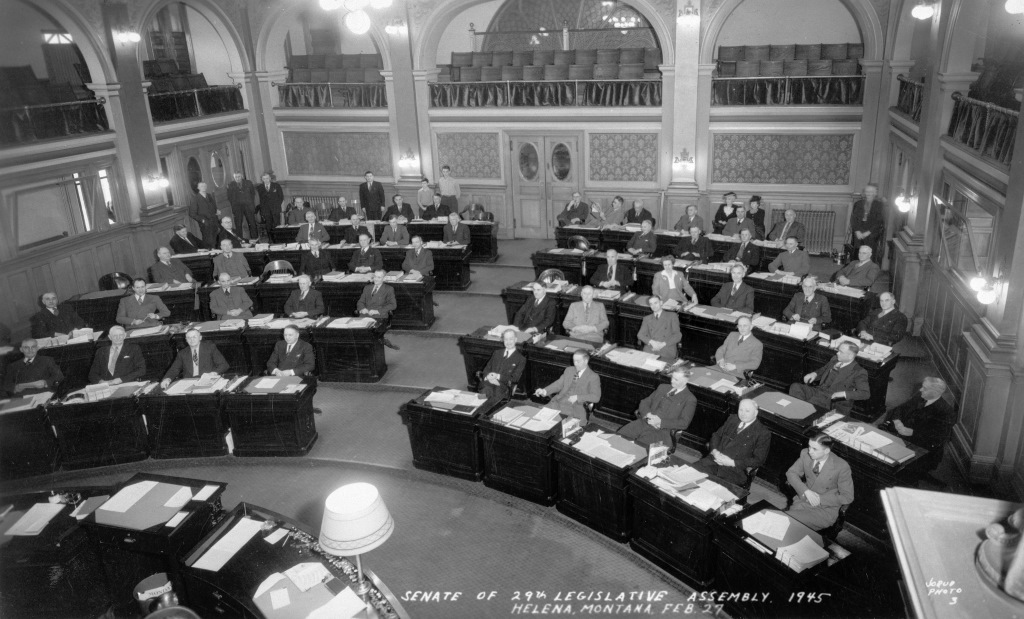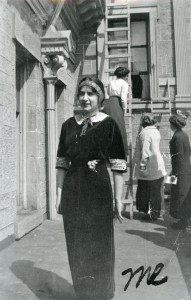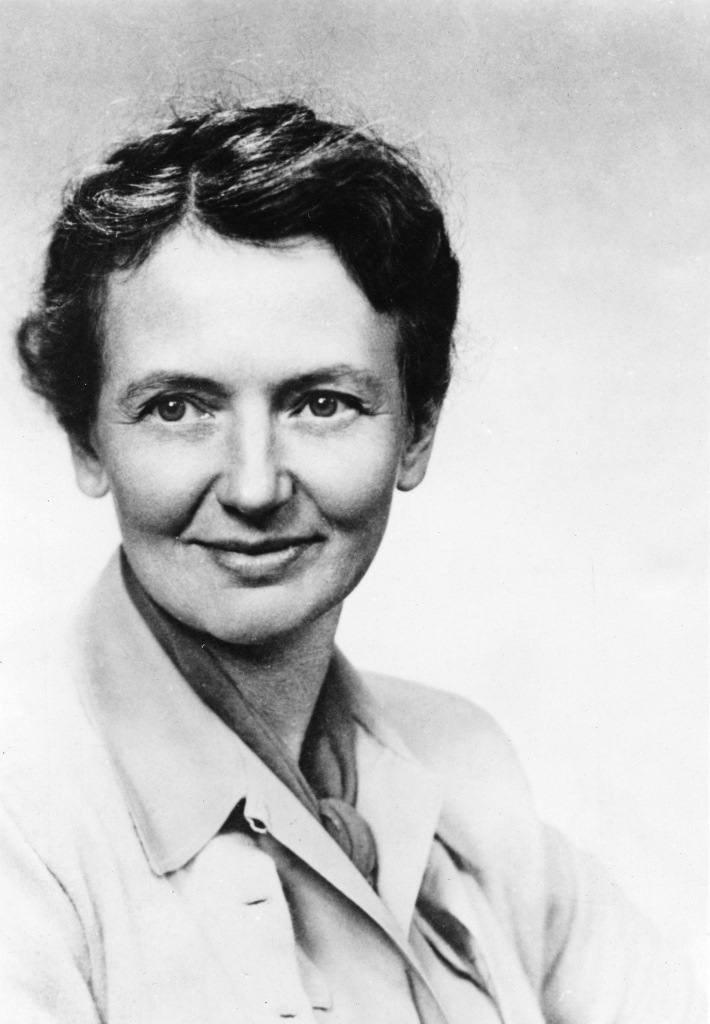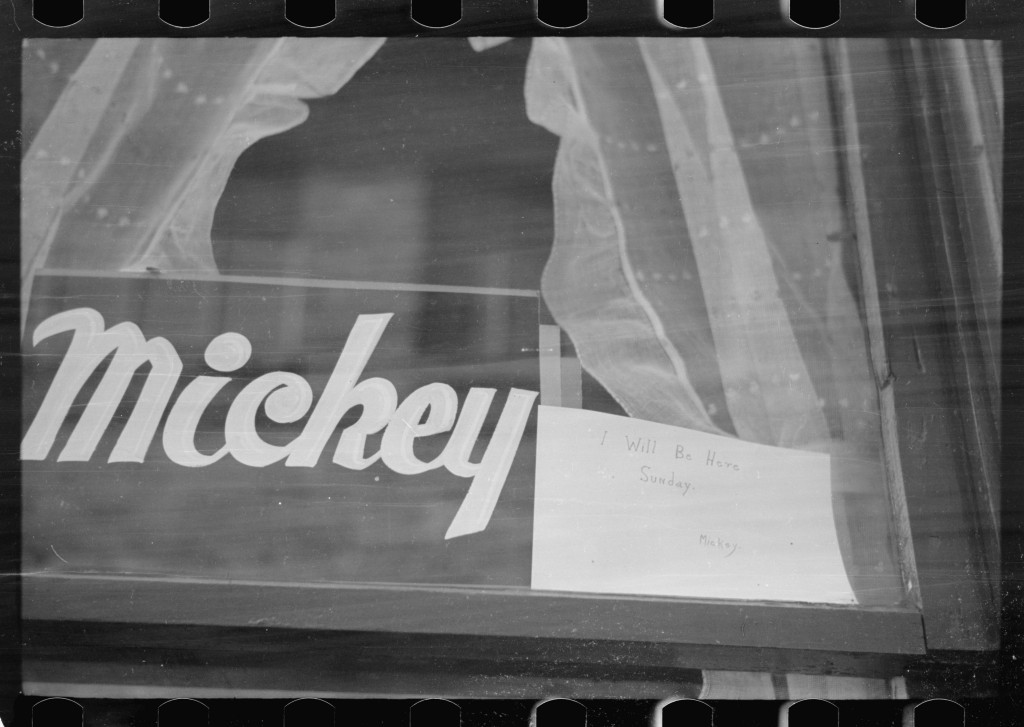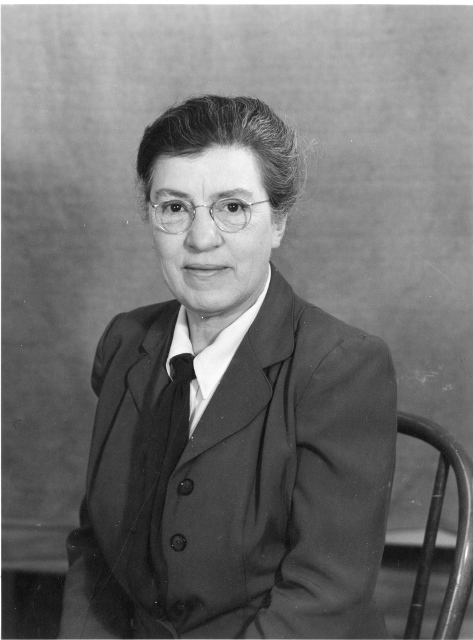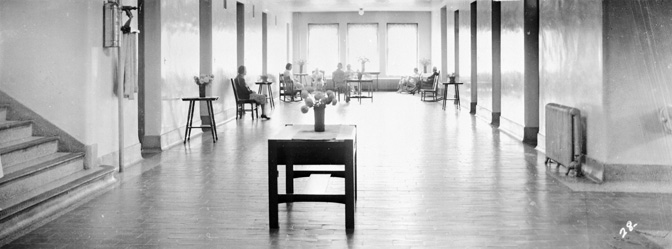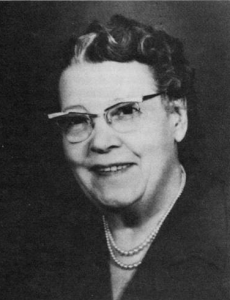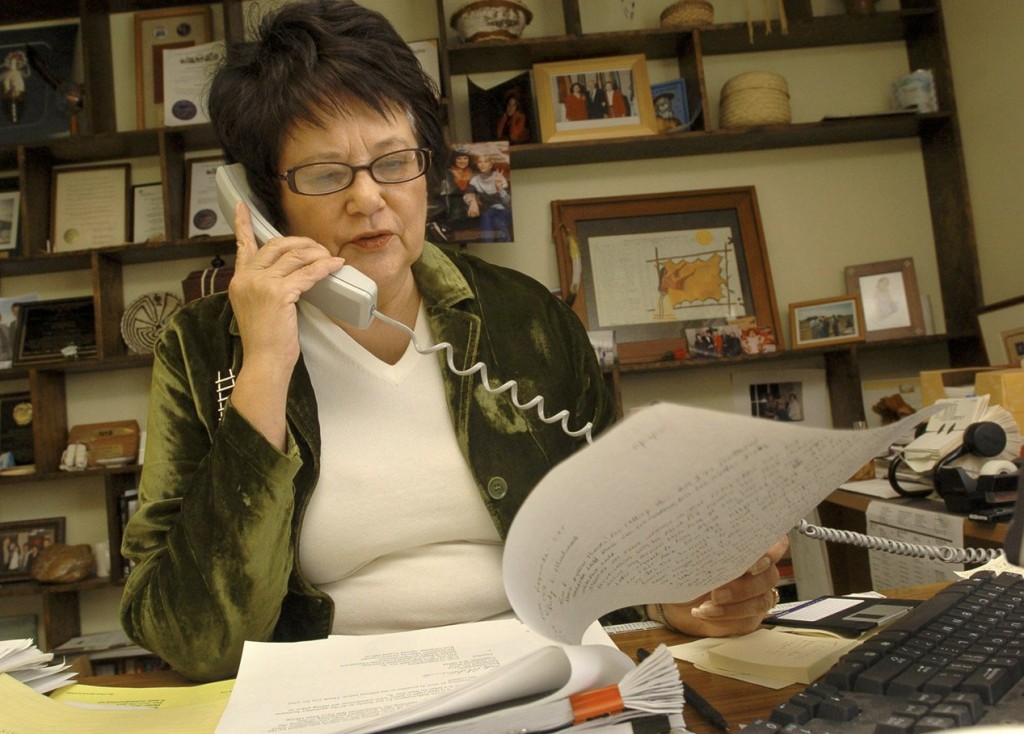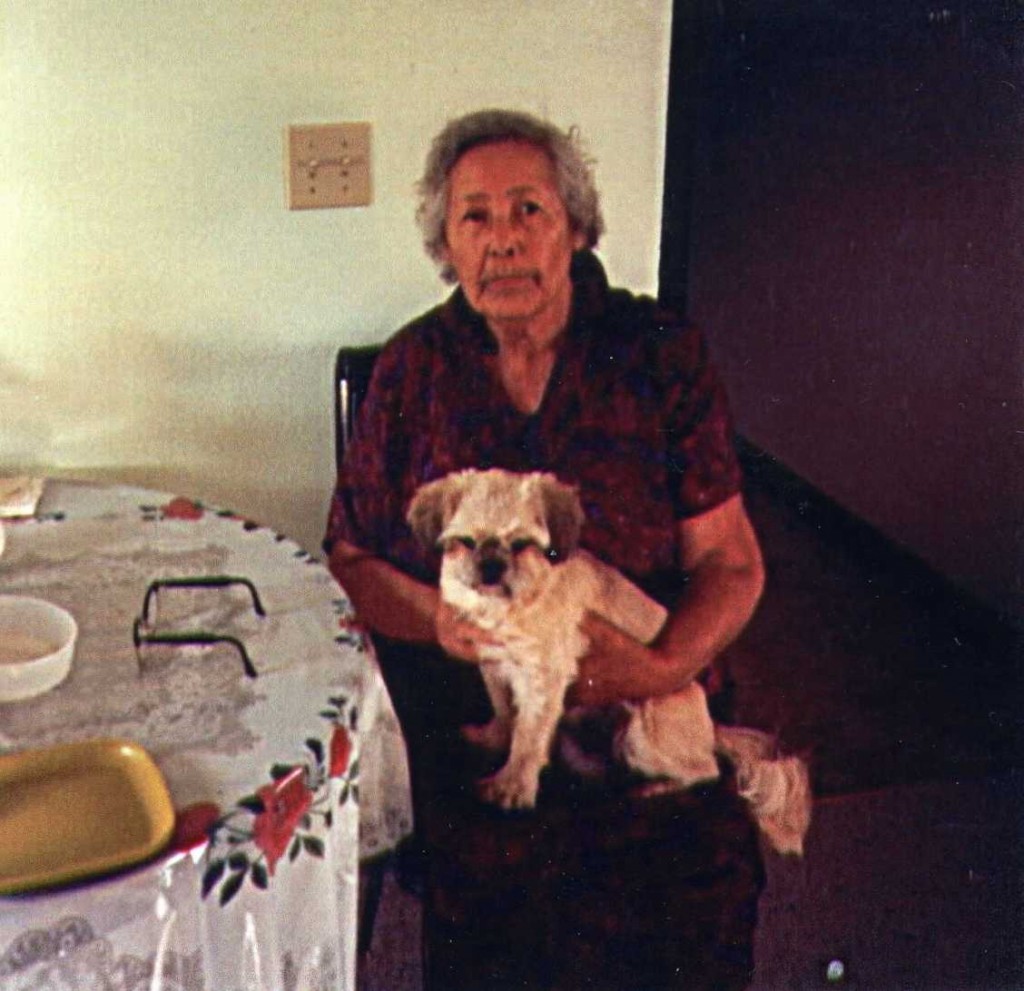
Theresa Chandler Walker Lamebull was still teaching when she died in 2007 at 111 years of age. Her subject was A’aniiih, or White Clay, the language of the A’aninin (Gros Ventre) people and one of the world’s most endangered languages. By the 1990s, Theresa Lamebull was one of only a dozen people to speak the language fluently. Her willingness to share her knowledge of the White Clay language became the foundation for its recovery.
Theresa Elizabeth Chandler, or Kills At Night, was born to Kills In The Brush and Al Chandler in 1896 in a tipi near Hays on the Fort Belknap Indian Reservation. Raised by her grandmother, Sharp Nose, for the first few years of her life, young Kills At Night was fully immersed in White Clay culture. She then lived with her mother and stepfather, White Weasel, until she was twelve and the federal government mandated she go to school. Without the option of a day school, Theresa attended St. Paul’s Catholic boarding school in Harlem, Montana. She long remembered the fences that surrounded the mission school to keep children from running away and returning to their families.
Continue reading Theresa Walker Lamebull Kept Her Language Alive
